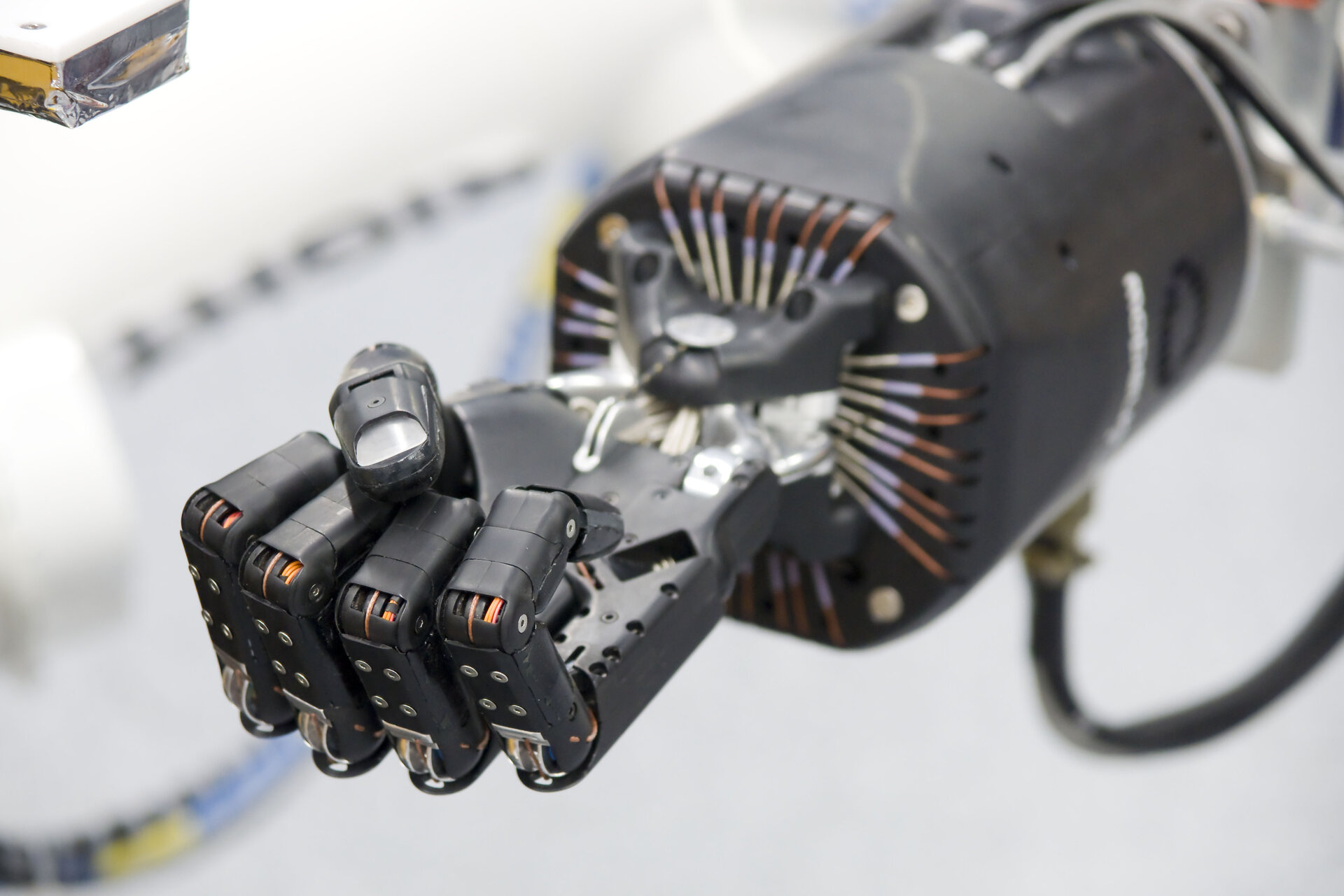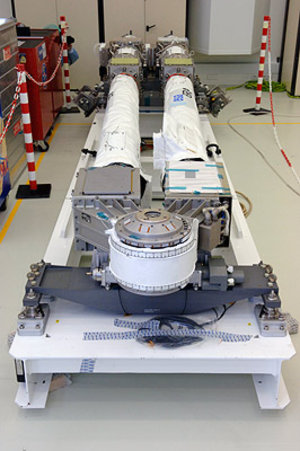ESA asks business students: can you use a robot hand?
The robotic arm waved hello to students from Europe’s top management schools, welcoming them to ESA. Divided into competing teams, the students had five days to produce business ideas based on a robotic application – then pitch them to an expert jury.
“The concept resembles a reality TV show like Dragon’s Den, except we’ve been doing it for longer – this is our sixth year,” said Professor Willem Hulsink from the Rotterdam School of Management, Eramus University (RSM).
Niels Eldering of ESA’s Technology Transfer Programme Office (TTPO) added: “At the same time it is a serious technology transfer exercise, familiarising Europe’s future business talents with space industry innovations, then motivating them to come up with creative business applications for these state-of-the-art technologies.”
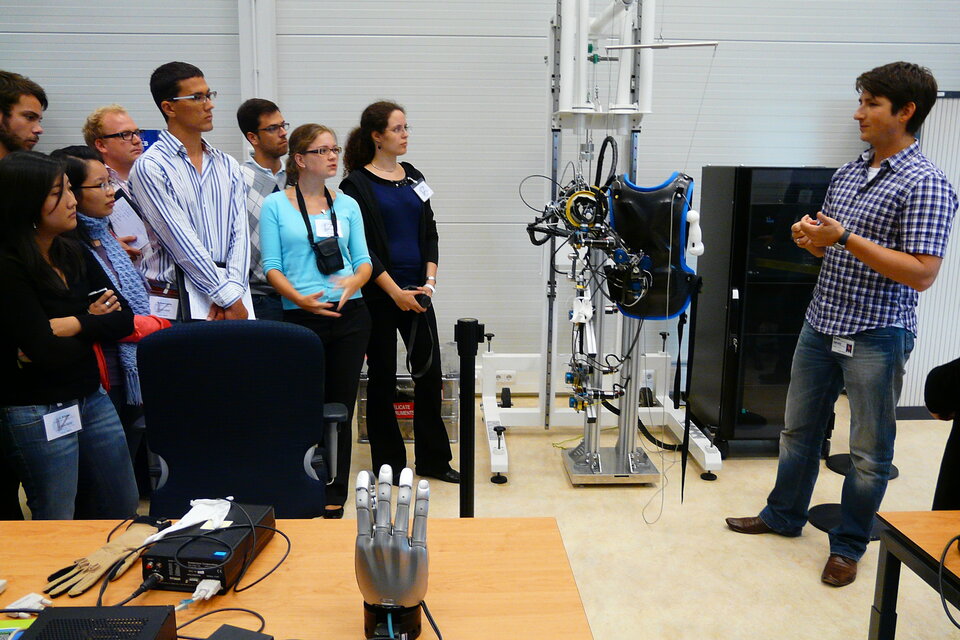
Kicking off on Monday 23 August, the one-week CEMS (The Global Alliance in Management Education) seminar was organised by ESA and RSM and hosted by the Erasmus Centre of ESA’s Human Spaceflight Directorate.
Welcomed on site by ESTEC Director Michel Courtois, the 27 participants came from 15 different institutions in 14 countries. The competition was complemented by lectures on innovation and entrepreneurship, and ESA experts were on hand to advise the six teams.
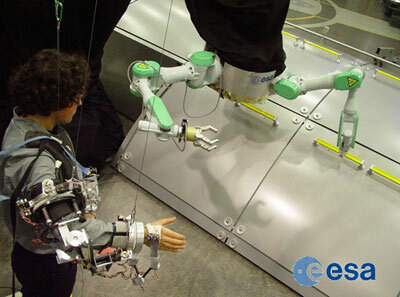
Each CEMS seminar is based around an innovation from human spaceflight. This year it was the ESA Exoskeleton: a wearable man-machine interface for precision teleoperation of a robotic arm, intended for use in extreme space environments. The Exoskeleton provides force-feedback to its human operator, and can be mastered intuitively with minimal training.
“As an engineer you don’t often get the opportunity to interact directly with business people,” said juror Andre Schiele of ESA's Automatics and Robotics Laboratory, co-inventor of the ESA Exoskeleton.
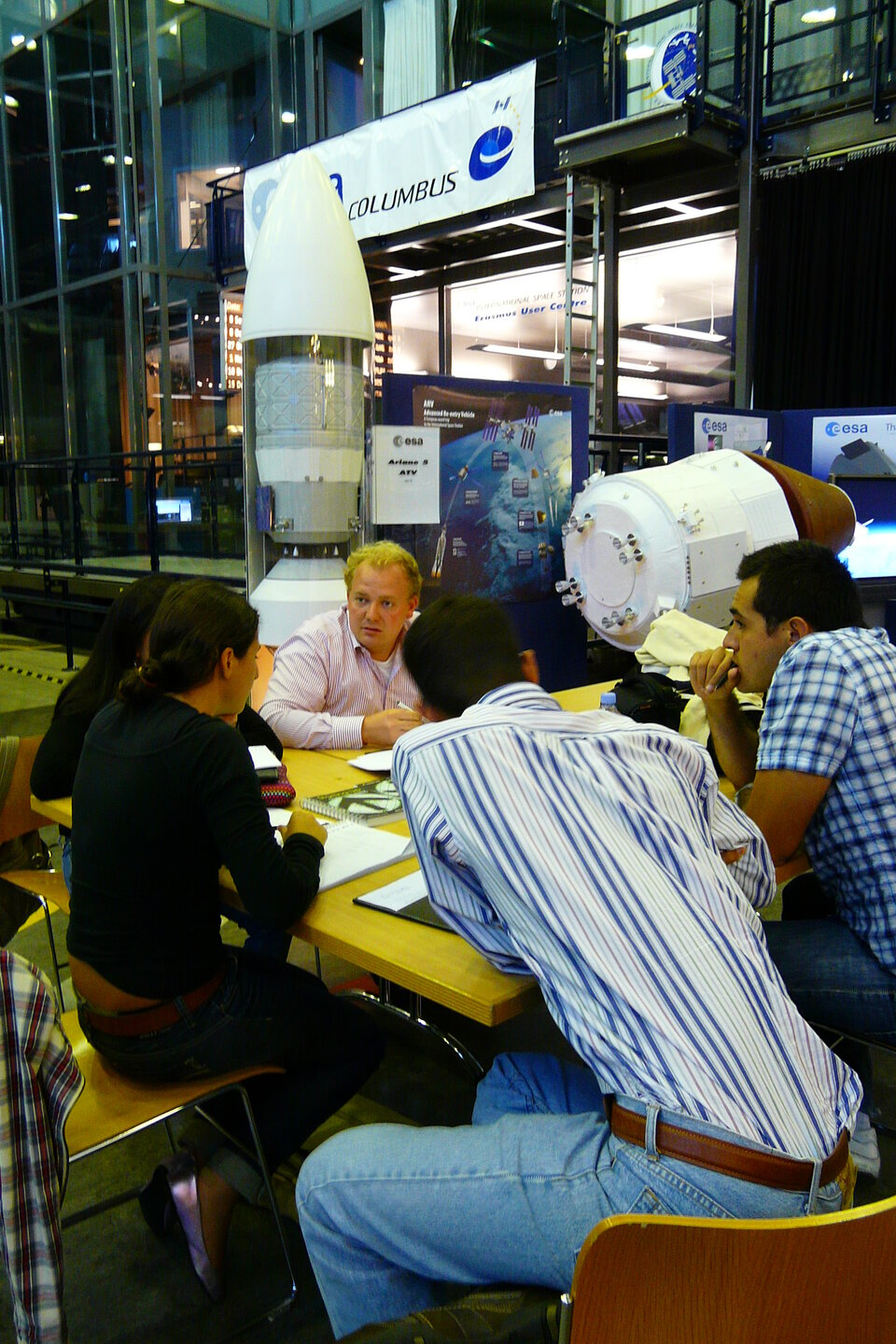
“I’m grateful for the insight into how they think and how business plans get written. After only a small amount of instruction the teams have come up with achievable ways of employing this complex technology within workable business frameworks.”
The teams fielded a wide array of business ideas for the robot arm: repairing wind turbines, boosting the capabilities of underwater remote operated vehicles (ROVs), high-end video gaming, bomb disposal and medical training.

There could only be one winner, however: that honour fell to a team called ROUVA – Remote Operated Underwater Vehicle Arm.
By retrofitting the robot arm to existing ROVs and working with manufacturers to add it to new models the business would “offer the precision of a human hand in an environment beyond human borders,” said team member Andreas Bantli of RSM. This would deliver enhanced functionality for ROVs performing deep water exploration, inspection and maintenance.
The pitch was remarkably convincing considering the students made the ESA Exoskeleton’s acquaintance only a few short days earlier.
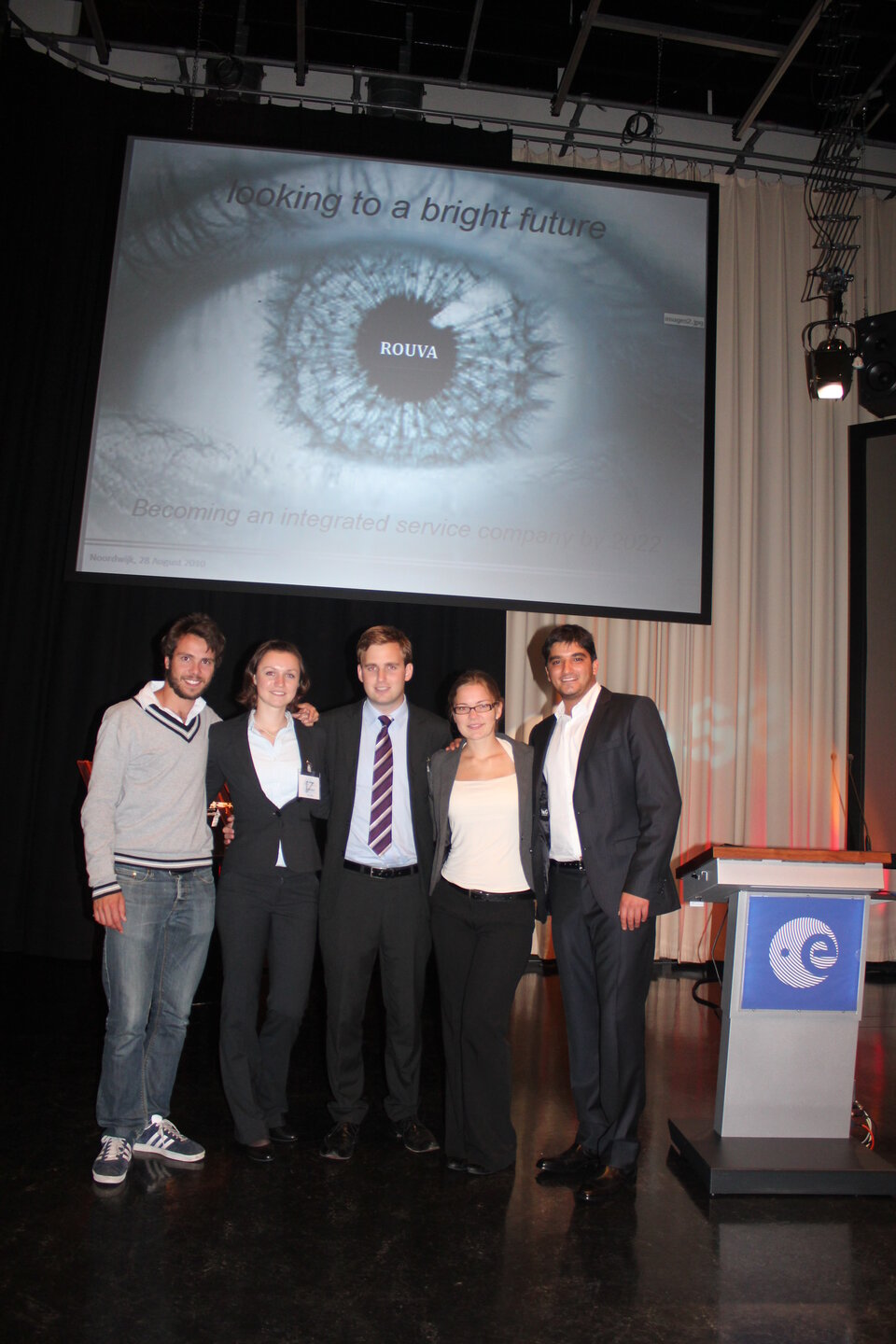
“As business students we normally search for solutions to problems,” explained Mr Bantli. “This was a little different as we were given the solution and had to start thinking of problems it could solve.” Inspiration came from news coverage of ROVs reacting to the Gulf of Mexico oil spill.
Also on the four-person jury was Bruno Naulais, coordinator of ESA’s Business Incubators Network, which fosters innovative terrestrial uses for space technologies.
He concluded: “We’ve had some very good presentations, with clear and convincing business models and credible financial figures. And they were all put together within the week, while standard business plans presented to our incubators might take a couple of months. The teams can be proud.”


